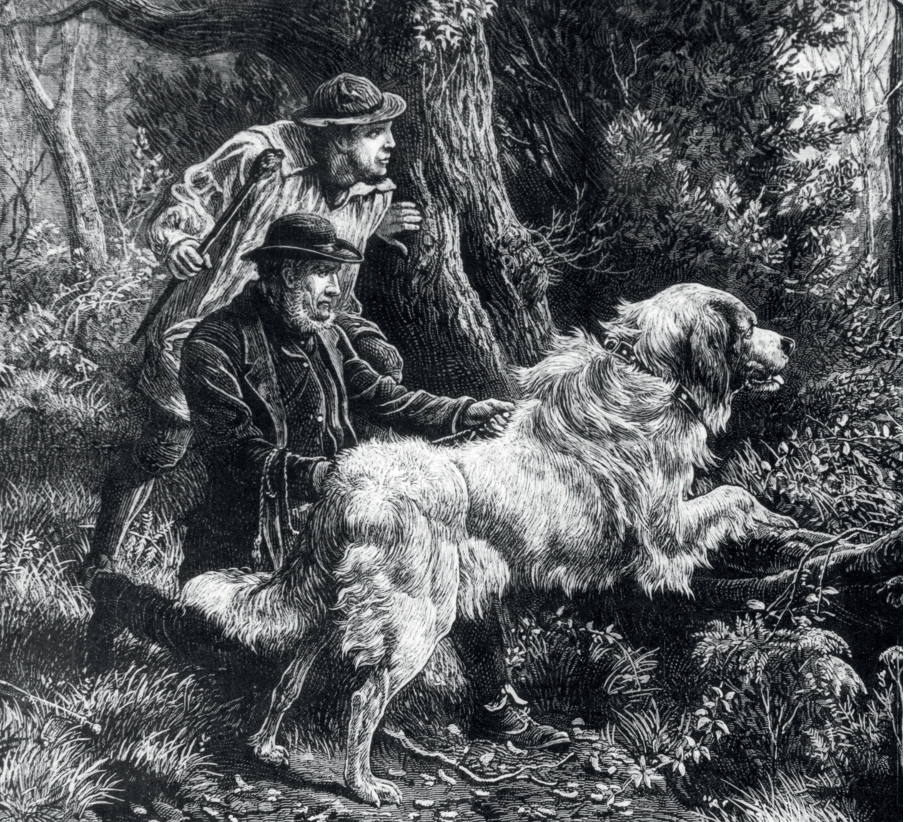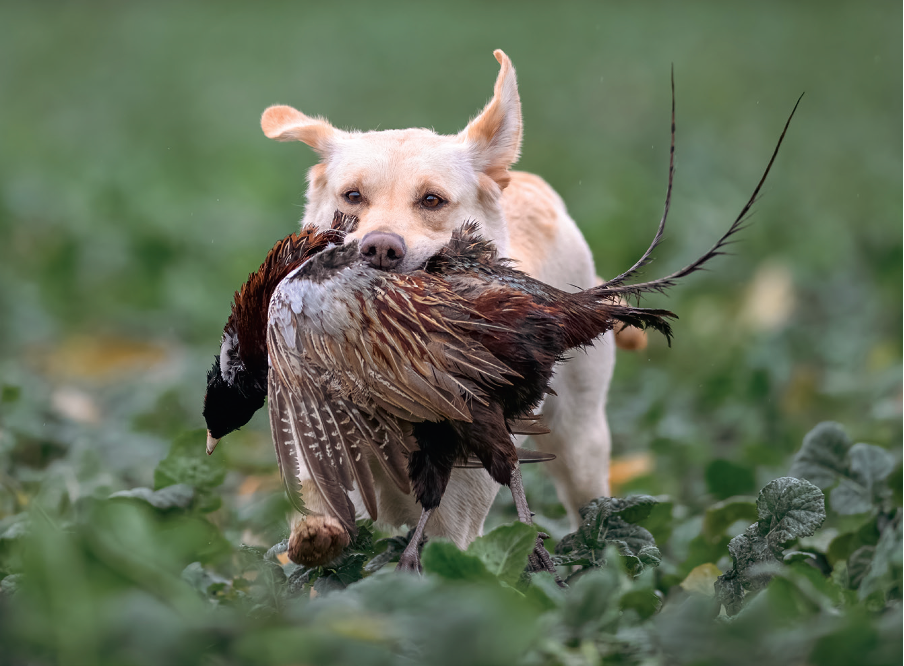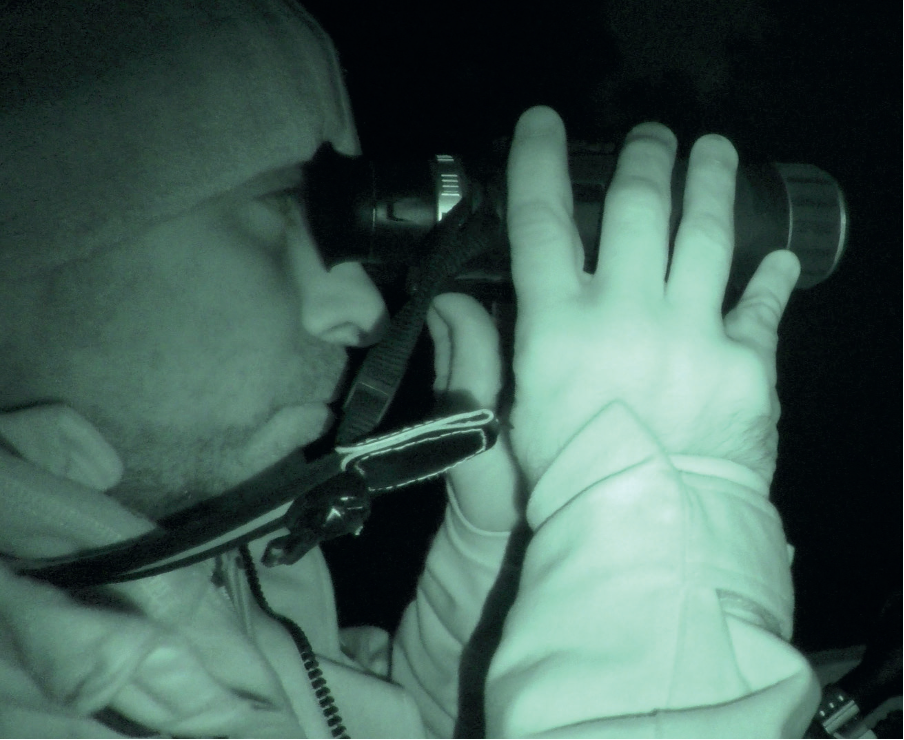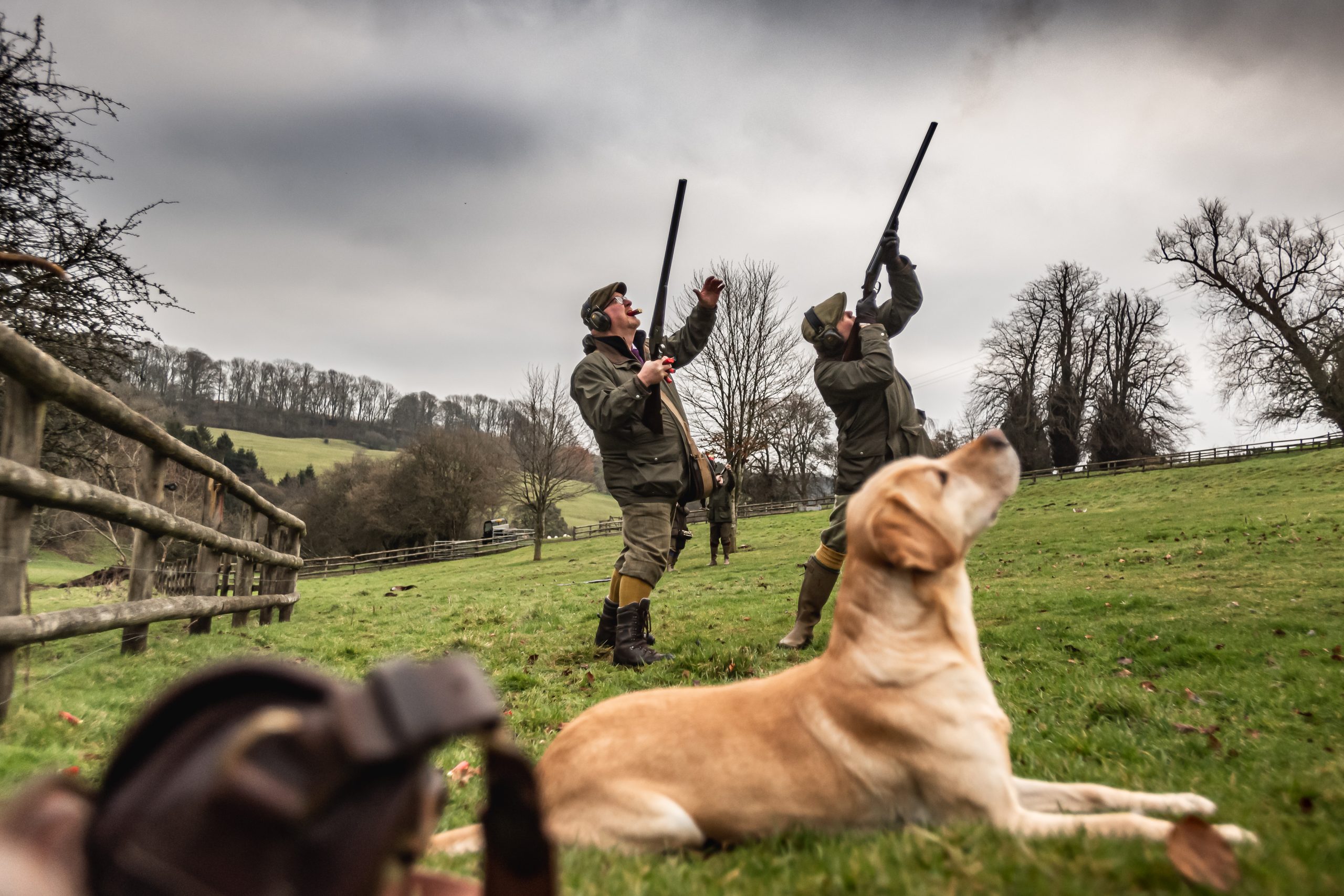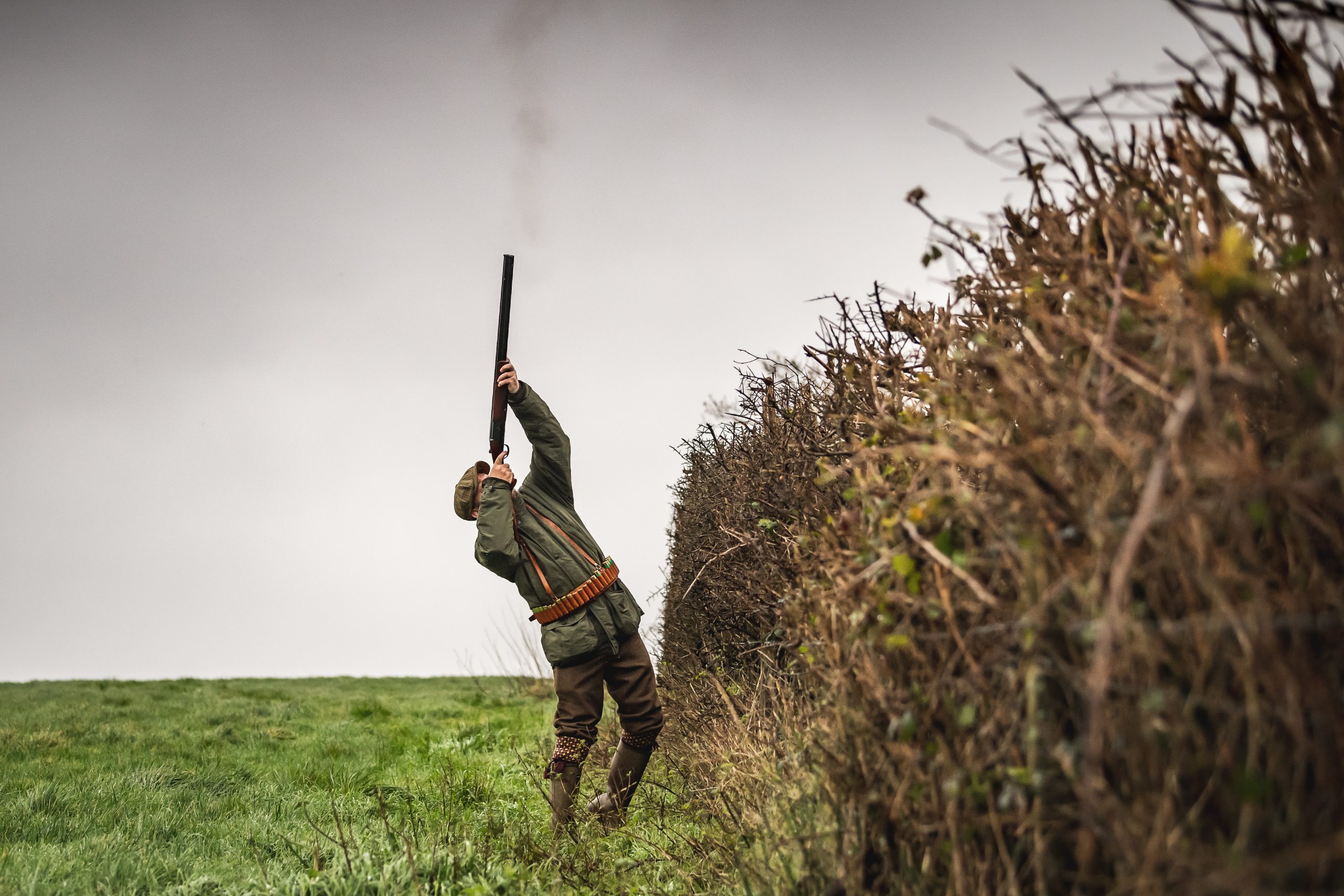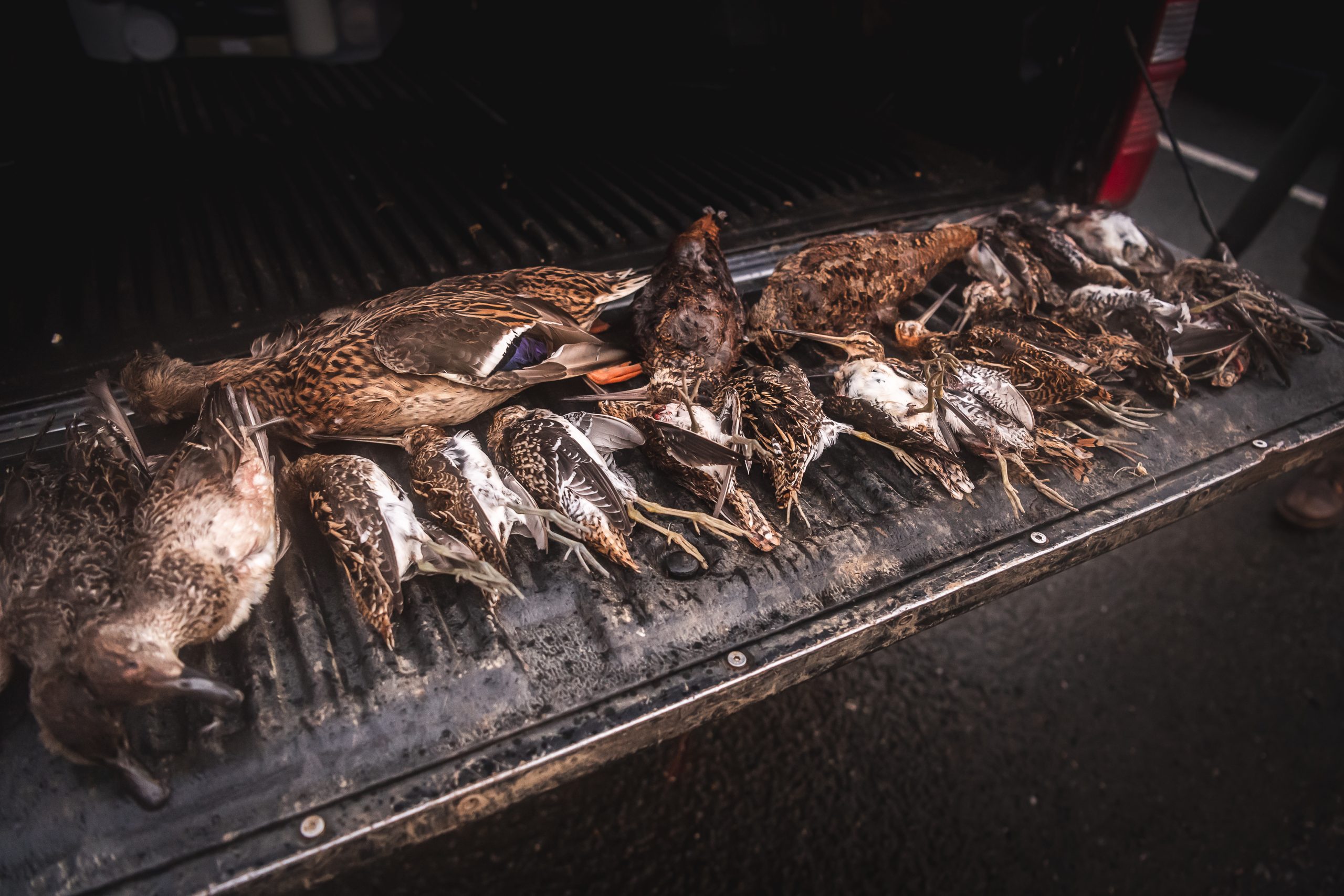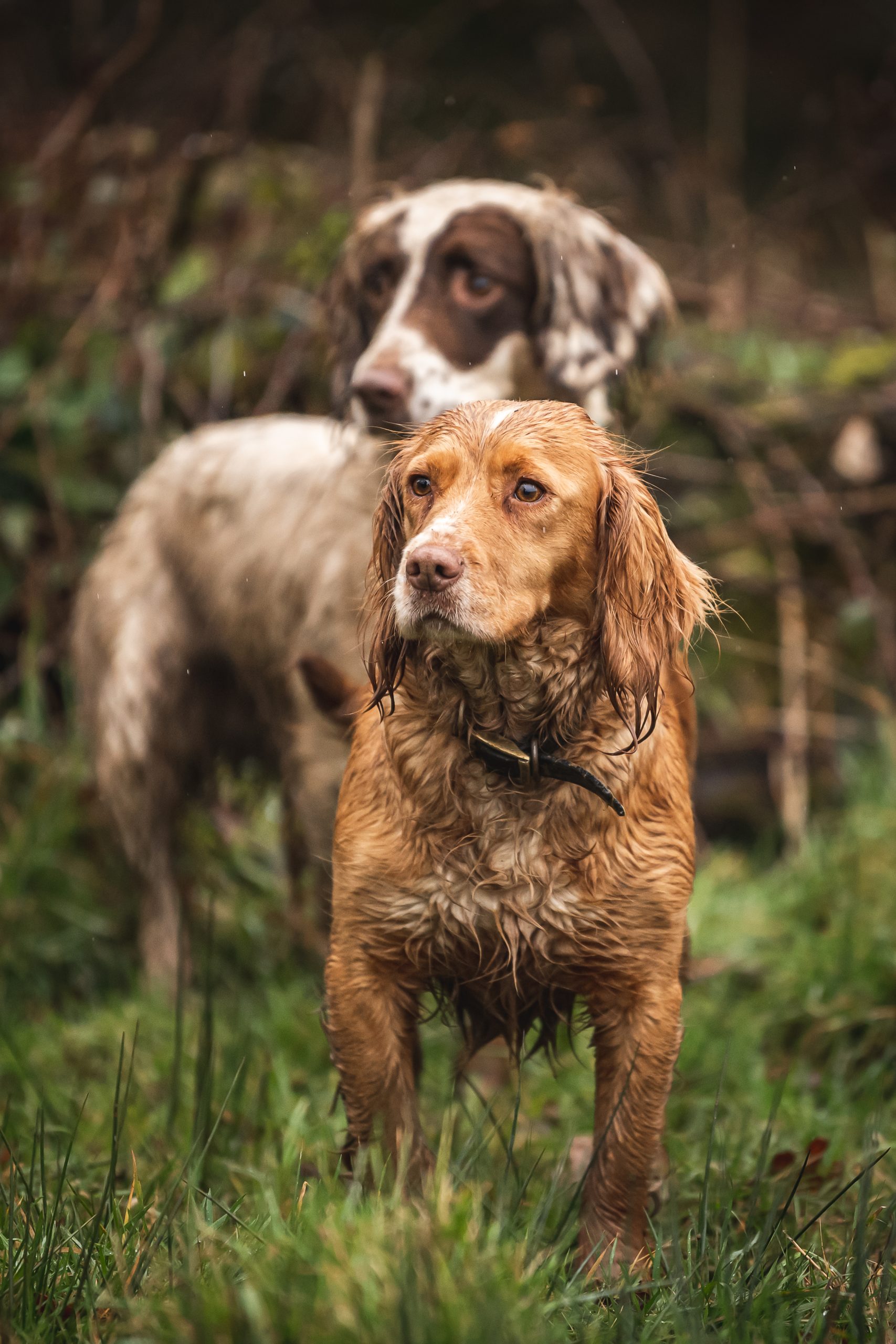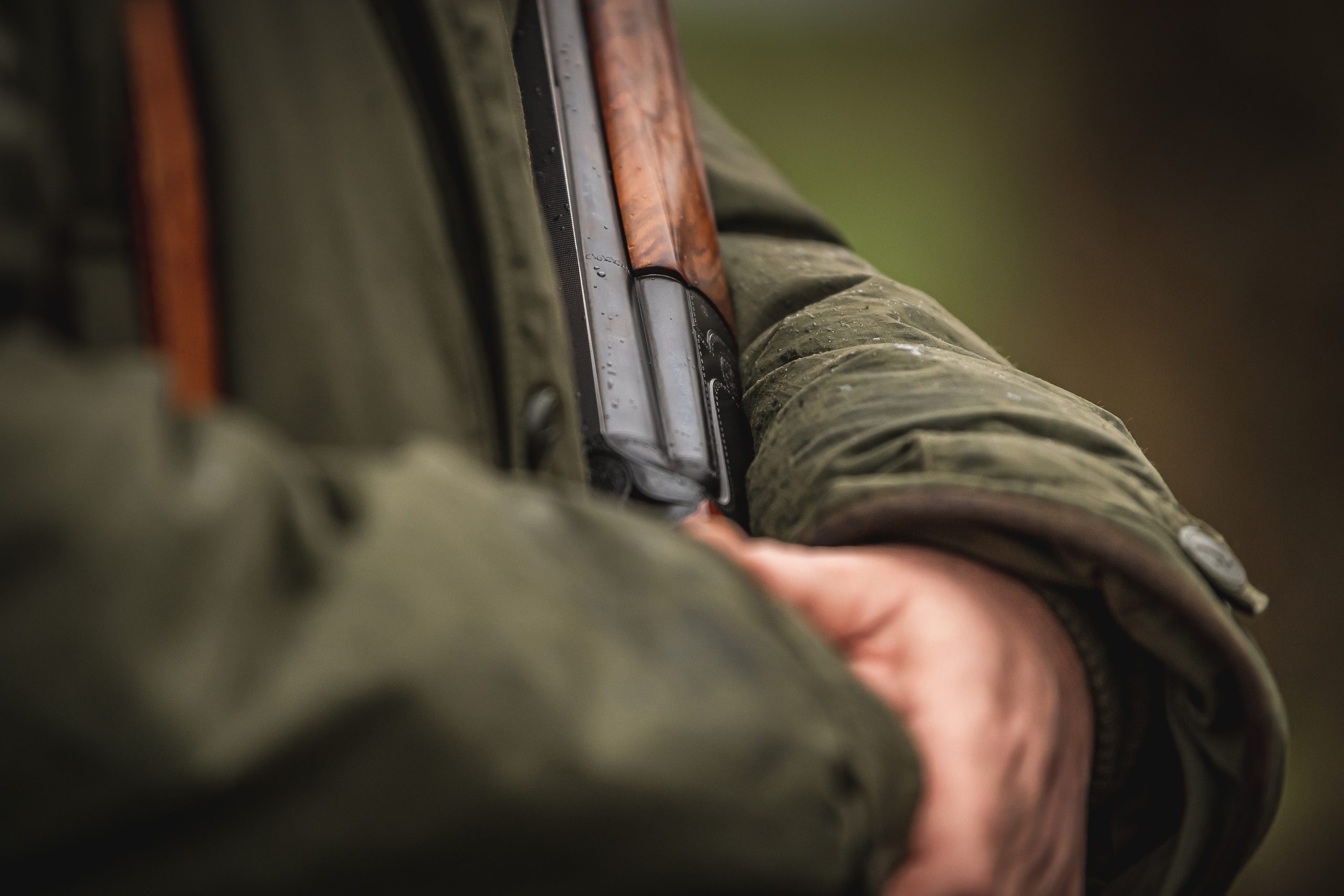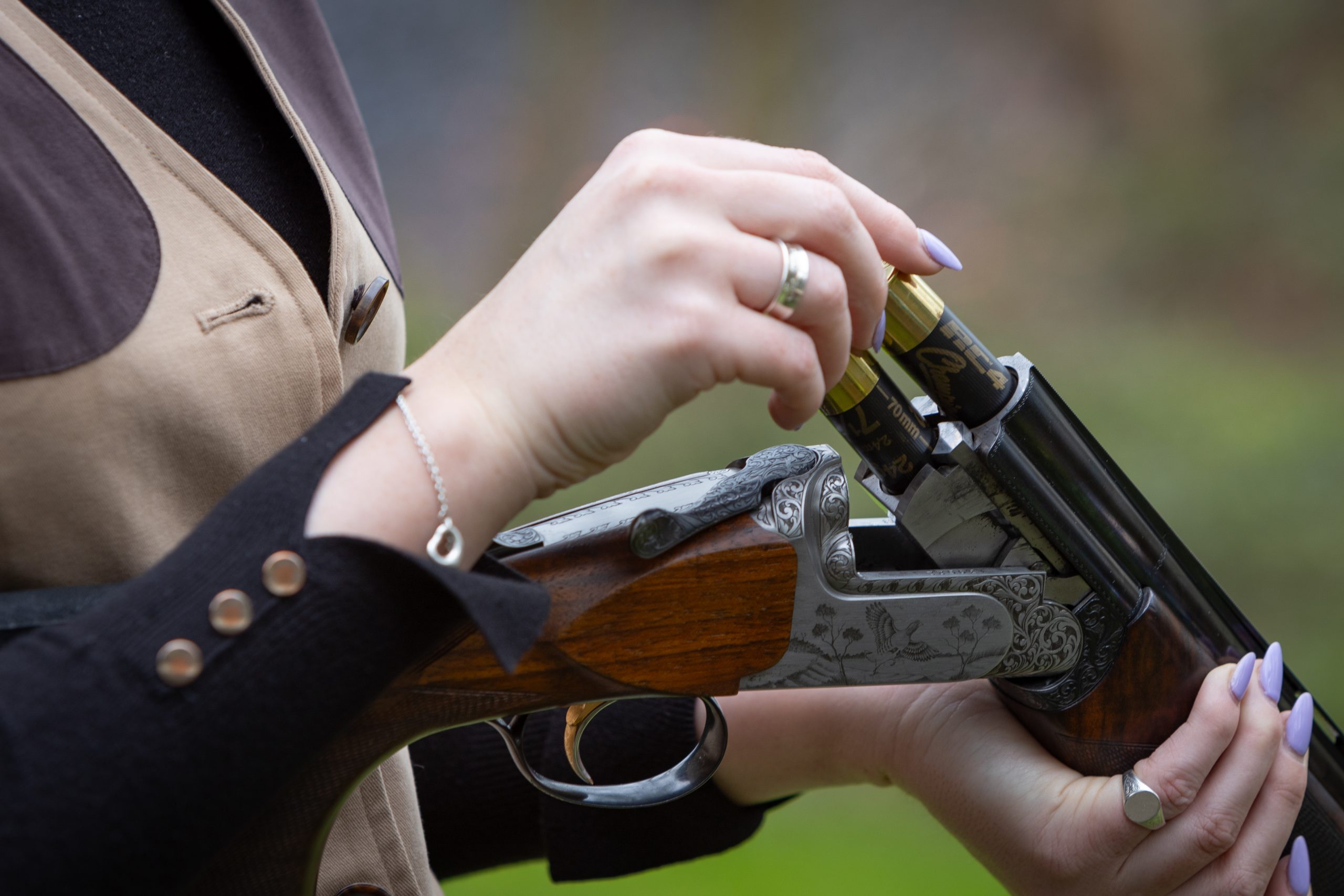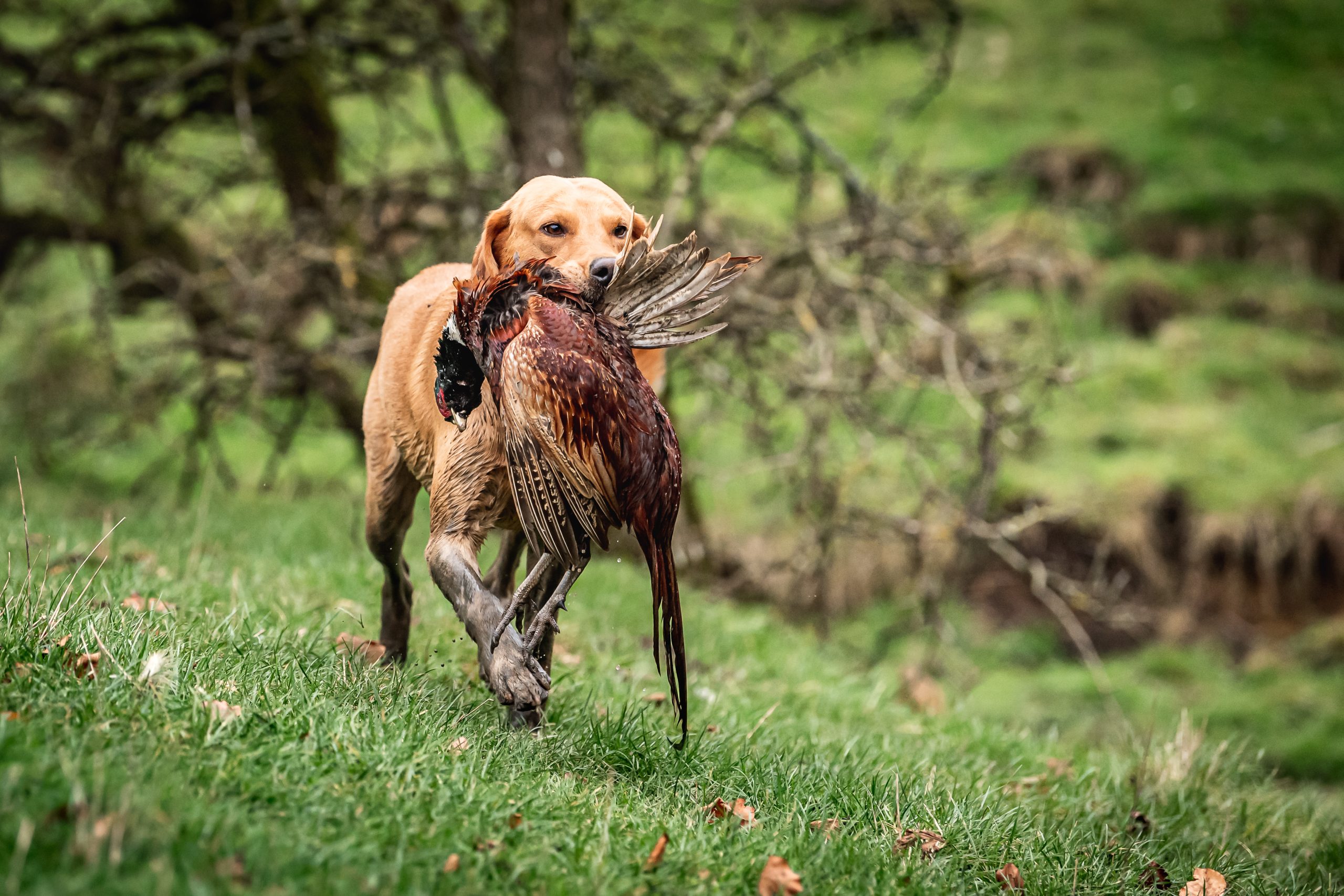Shooting
Starter for ten (or 20?)
Would you like to appear on our site? We offer sponsored articles and advertising to put you in front of our readers. Find out more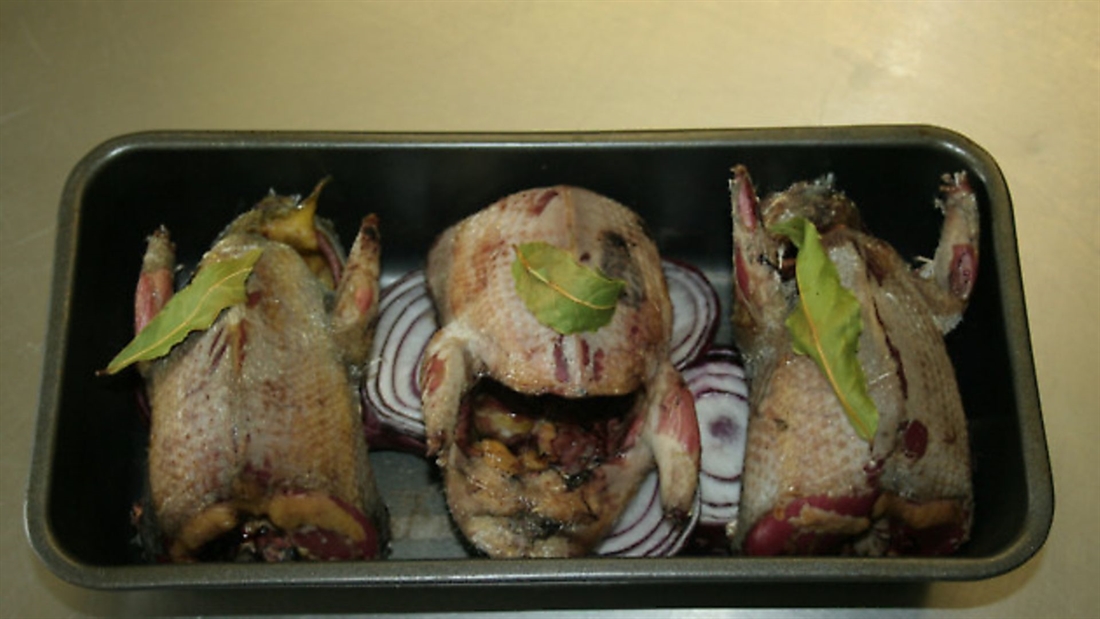
It can be hit or miss, so it’s only right to make the best starter you can, even on a small budget, says Mark Gilchrist. Here is his potted pigeon recipe for penny-pinchers!
The starter: something that your guests can just as easily forget as remember. With this in mind we need to think of things that will make life easier and still let you create the best starter you can for your guests.
Your guests won’t judge you on the number of hours you have put into making your meal, so use your time wisely. If you can prepare things in advance you are well advised to do so, as time has a horrid tendency to evaporate when you near meal times.
Game – if that’s what you have chosen to entertain with – by its nature lends itself to a really good starter; smoked cold-cut meat, even cured game and of course a game paté are all proven performers. There are many options, but this month we are going for ‘potted’ meat. I have noticed that this dish, once a favourite choice at dinner parties, has made a serious resurgence of late; I have seen it in a few London pubs where the proprietors are claiming to be ‘innovative’ by bringing back this old classic. If you are following our ‘Skinted’ and ‘Minted’ menus, use pigeon and grouse respectively.
While it is not essential, from our point of view, to keep our food choices in the current mode, it is useful, and going beyond the frivolity of such superficiality, there are logistical advantages of our chosen dish. We can make it the day before, which not only frees up valuable prep time on the day of the event, it also means that we can use this dish if numbers grow.
Consider, if you will, something like pan-fried pigeon for the starter. The cook may have chosen this pigeon dish when the numbers were low; say, eight people. This is fine but, as often happens with dinner parties, numbers can grow and some cooks will not change the menu because they think they can handle it. But they can suddenly end up with a serious problem at the last minute, as it is not always logistically feasible to get it all done at once.
One thing I think I haven’t mentioned yet is the amount of food that people can eat. The average person can only eat 500g of food (just over a lb). This will equate to around 200g of starch, 200g meat and 100g green vegetables. Of course, you may have to scale the averages up or down depending on who you have coming to dinner; if you have a group of rugby players coming over for a pigeon and port evening you will probably need to slide the average up, as the group is no longer populated by ‘average’ people. Conversely, should your grandparents come over for a meal and a long lecture about how well the other grandchildren are doing, you won’t need to produce as much food.
With all this in mind, let’s think about portion sizes. If you are planning a five course meal you should be serving very small amounts of everything or it will simply not get eaten. I recently had a meal out in Scotland where the starter portion of deep fried brie was so big I could only just eat my main course. You should remember that people – especially ones of my dimensions – are innately greedy, so if you give them a large starter they will eat it all and they either won’t enjoy or won’t be able to finish their mains or puddings.
Finally, make sure that you add some colour to the plate when you serve paté; it can run the risk of looking dull as the plate is filled with the colour of butter, bread and cooked meat, so add some green (rocket or watercress) and/or some red (tomatoes or redcurrant jelly).
Potted pigeon (or grouse)
Serves 4
Cooking time: 2 hours and 30 minutes
Ingredients:
4 whole pigeons
2 red onions
4 cloves of garlic
1 small glass of red wine
1 glass of port
100g butter
1) Chop the onions and peel the garlic then place them in a roasting tin. Lay the pigeons breast down and pour in the wine and a small glass of water so that the dish has about half an inch of liquid in the bottom. Cover with tin foil and roast for 2 hours at 160 degrees
2) When the pigeon falls apart at the touch, remove the tin from the oven, pull all the meat off the bird and place in a food processor
3) Add the port to the liquid in the tin and boil the alcohol off
4) Blitz the meat in the food processor then add the liquid until the meat mixture is moist. Taste it and add seasoning if you need to
5) Separate out the meat into ramekins, melt the butter and pour over the meat to seal it
Enjoy!
By Mark Gilchrist
Related articles
Game
Shooting
Shotguns
Drenched and disappointed
Constant rain has plagued farmers right across the UK, while pesky pigeons have only added to the misery on Andy Crow’s farm by hammering his precious pea crop.
By Time Well Spent
Get the latest news delivered direct to your door
Subscribe to Sporting Gun
Subscribe to Sporting Gun magazine and immerse yourself in the world of clay, game and rough shooting. As the leading monthly publication for passionate shooters at all levels, Sporting Gun delivers expert advice, practical tips and in-depth reviews to enhance your skills and enjoyment of the sport.
With features ranging from gundog training to pigeon shooting, and wildfowling to equipment recommendations, you’ll gain valuable insights from professional shooters and industry experts. A subscription not only saves you money on the cover price but also includes £2 million Public Liability Insurance, covering the use of shotguns, rifles and airguns for both recreational and professional use.


Manage Consent
To provide the best experiences, we use technologies like cookies to store and/or access device information. Consenting to these technologies will allow us to process data such as browsing behavior or unique IDs on this site. Not consenting or withdrawing consent, may adversely affect certain features and functions.
Functional Always active
The technical storage or access is strictly necessary for the legitimate purpose of enabling the use of a specific service explicitly requested by the subscriber or user, or for the sole purpose of carrying out the transmission of a communication over an electronic communications network.
Preferences
The technical storage or access is necessary for the legitimate purpose of storing preferences that are not requested by the subscriber or user.
Statistics
The technical storage or access that is used exclusively for statistical purposes.
The technical storage or access that is used exclusively for anonymous statistical purposes. Without a subpoena, voluntary compliance on the part of your Internet Service Provider, or additional records from a third party, information stored or retrieved for this purpose alone cannot usually be used to identify you.
Marketing
The technical storage or access is required to create user profiles to send advertising, or to track the user on a website or across several websites for similar marketing purposes.

